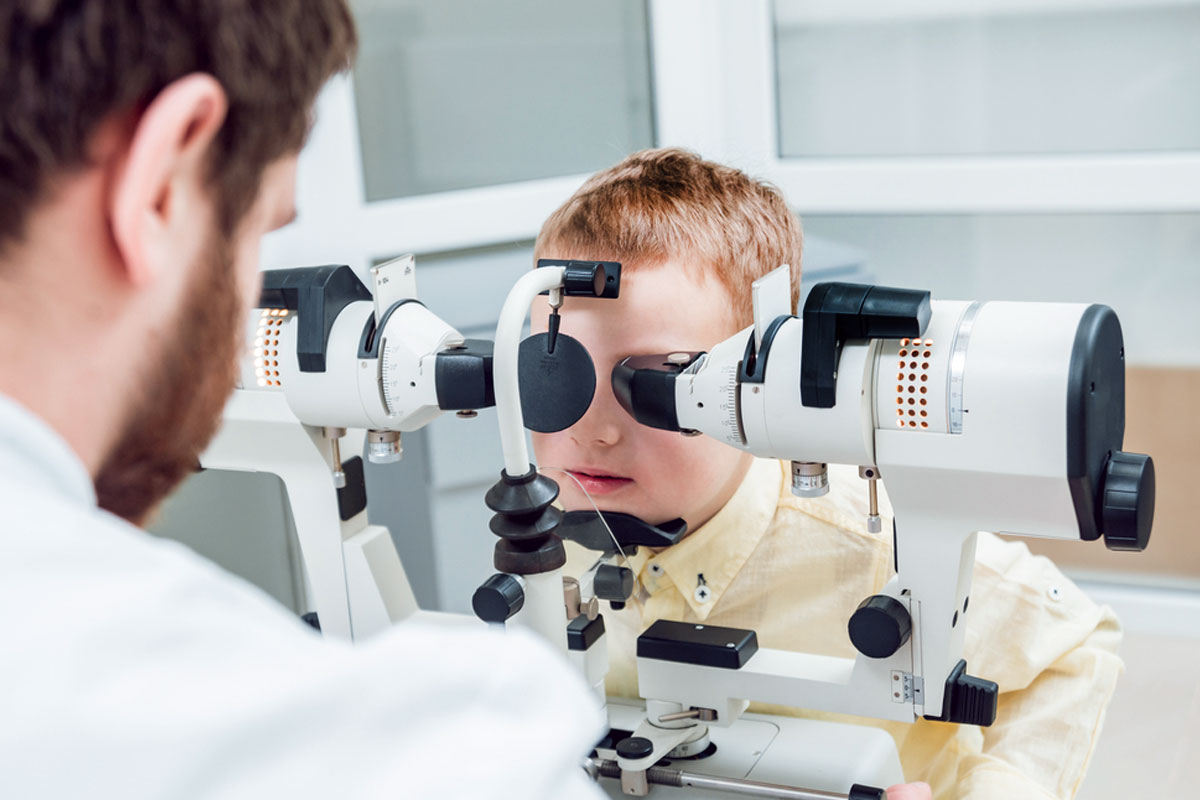
Crossed eyes, or strabismus, is a condition in which both eyes do not look at the same place at the same time. It usually occurs in people who have poor eye muscle control or are very farsighted.
Six muscles attach to each eye to control how it moves. The muscles receive signals from the brain that direct their movements. Normally, the eyes work together so they both point at the same place. When problems develop with eye movement control, an eye may turn in, out, up or down. The eye turning may occur all the time or may appear only when the person is tired, ill, or has done a lot of reading or close work. In some cases, the same eye may turn each time. In other cases, the eyes may alternate turning.
Some babies’ eyes may appear to be misaligned, but they are actually both aiming at the same object. This is a condition called pseudostrabismus or false strabismus. The appearance of crossed eyes may be due to extra skin that covers the inner corner of the eyes or a wide bridge of the nose. Usually, the appearance of crossed eyes will go away as the baby’s face begins to grow.
Strabismus is classified by the direction the eye turns:
- Esotropia: inward turning.
- Exotropia: outward turning.
- Hypertropia: upward turning.
- Hypotropia: downward turning.
Other classifications of strabismus include:
- The frequency with which it occurs (either constant or intermittent).
- Whether it always involves the same eye (unilateral).
If the turning eye is sometimes the right eye and other times the left eye (alternating).
